Glass bottomed bucket. An optional extra, but one that used will become your new best friend. Literally, a window into another world which is like watching your own live action underwater TV show. Large areas of the lake bed can be examined for evidence of fish feeding, baited areas can be checked at a glance and fish can be clearly seen and identified, providing the clarity is good enough in the first place. Comparing the echo sounder screen to what you see with the bucket is a short cut to understanding the topography and intimate details of the lake bed. The extra sense of touch imparted by a ‘donker’ lead dropped and dragged over a spot, whilst observing through the combination of bucket and screen, will switch on the whole 3 dimensional bigger picture that marking and leading simply cannot match.
Markers are imperative when scanning large waters for suitable trap laying spots. Before you know it, the feature you spotted is several boat lengths away, especially if it is windy, which soon sees that nice little fed on sandy spot amongst all the other clear spots become a needle in a haystack. This is where I employ a Gardner H-Blok to mark the area that was last on the sounder, it is then a matter of fine tuning the exact location using the bucket, sounder and donker lead, which is also cunningly disguised as a low key marker for when the H-Blok is retrieved, having performed its function. The nearest I have seen to this kind of accuracy, whilst angling from the bank, is with the use of two marker rods to search and explore a spot, and it still pales in comparison to the accuracy of the boat method. My homemade markers are simply a length of braid, wound around a wine cork with a lead on the end. With a lead on one end and the other sealed in a camera film canister (remember those?) an ideal and easily adjustable marker is born. The technique is to open the lid of the canister, drop the lead, let it unravel and clip the lid of the canister on. Simple.
With the lake explored, suitable areas identified and spots within those areas discretely marked up, it is now time to get angling. Now is the time to resist temptation and prevent yourself from tipping bucketfuls of bait over the side. Just because carp, tench and bream like a bit of grub, a deadly accurately placed scattering of hemp and casters delivered by hand is often enough more than adequate. Especially if a venue has seen a few anglers over the years and has been given a fair bit of bait, both on and around the main fished to features. It undoubtedly has its days, but a precisely placed single hookbait has caught me enough to not rely on filling it in all the time, just because I can. Fine tuning and camouflaging each rig for each spot is now possible, with all the knowledge gleaned regarding its makeup and consistency.
Far more than a tackle transporting tool, the boat definitely gives you a range of advantages over fishing from the bank. However, it also comes with its potential hindrances. For example, it can be fantastic to travel about your venue easily, but can be terrific at scaring the fish. Observations I have made include fish obviously spooking at either the sight of the boat or the movement of a shadow caused by the boat. Like most things, it depends on their moods, as I have conversely been followed around the lake whilst in the boat by carp on many a time. Testament to their curiosity I suppose, or is it them simply observing us as we do them? On these occasions I have experimented with turning the echo sounder and the engine on and off to see if that has any effect, but it seems they just like following the boat as I have also seen this happen when using the experimental control method of oars. My friend Lewis once commented on how an echo sounder cannot be good for stealth, with resonant frequencies bouncing everywhere, so I had to at least convince myself that this was not the case, which led me to suspect an additional electromagnetic field generated by the electric outboard may also have an effect, either positive or negative (excuse the pun) but my simple experiments have yet to yield any conclusive results. Food for thought.
Boats also get wet, and many a bedchair or sleeping bag has suffered at the bottom of a boat. My remedy is to lay the unhooking mat down first, affording some protection from the wet bit for your tackle. The bedchair goes down next and the rest of the tackle is loaded as if it were on a barrow. The temptation to bring the kitchen sink is there when you don’t require the barrow, but scaling down undoubtedly helps with stability and safety. You don’t want the tackle piled 5 feet high with a big wind in your face. There sometimes may be a need to clamber off the front of the boat when disembarking, which is easier if that body bag of a rod holdall or the winter skin isn’t blocking your route.
Traps are set, camp is up, the kettle is on and the inevitable happens, you have a take. On weedy waters especially, the boat now becomes a fish landing aid. Extra care and attention must now be given, as the adrenaline coursing through your veins could lead to a silly mistake, which could have undesired and fatal results. Several steps can be taken to allow your boat battle to progress as smoothly as possible. First up is to moor your boat in a sensible place allowing easy embarking, next to the rods if possible. Backleads off the rod tip go some way towards preventing unexpected takes caused by snagging your lines with the outboard. Placing the landing net strategically on top of the boat, leaving your life jacket at the stern and even placing trainers in the boat in case you leap straight from the bedchair. As already mentioned, my unhooking mat lives in the bottom of the boat, with forceps and Medic Plus in the zip up pocket. Know which direction you need to head off in to avoid your lines further, use a far bank feature if possible. A headtorch left at the helm, just in case of low light levels, completes the essentials.
I have found it best to head straight for the snagged or weeded fish on a low speed, kneeling down to give yourself a low centre of gravity whilst constantly winding and adjusting trajectory until you are over the obstruction. It is time now to apply upwards leverage to extract the fish whilst maintaining a steady position with the outboard. This is a direction they are not normally pulled in, which I believe adds to your odds of successfully landing it. Leave the net until the last minute, as having maybe 50 inches of net dragging through the water as a freshly liberated fish tries to dive into another weedbed is not helpful amidst all the ensuing confusion. There is a lot to be said for seeing the flanks of a monster appear alongside the boat, least of all the sight of 2 metres or more of catfish, as I have experienced in both France and Spain. A real ‘we need a bigger boat’ situation. Most of all, remain calm, take slow deliberate movements and pre-plan as much in advance as humanly possible. You don’t need to fall in at the best of times, least of all when you have a potential PB wallowing in a weedbed at 120 yards.
Hopefully the information I have provided is enough to spur somebody who has never considered using a boat to get a few pointers and allow them their first tentative steps afloat. There might be a hint or two that the seasons boat user will find useful too. Everybody I know have their own preferred methods and ways of doing things, but those I have described above seem to represent the general consensus of opinion as to what constitutes the basics. Most of all, be safe


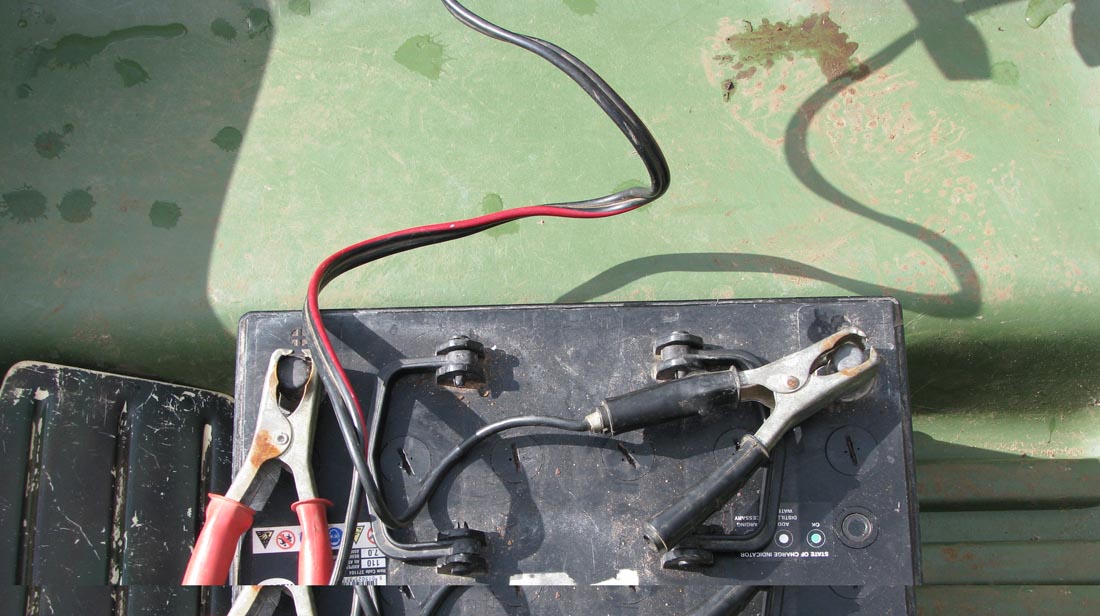
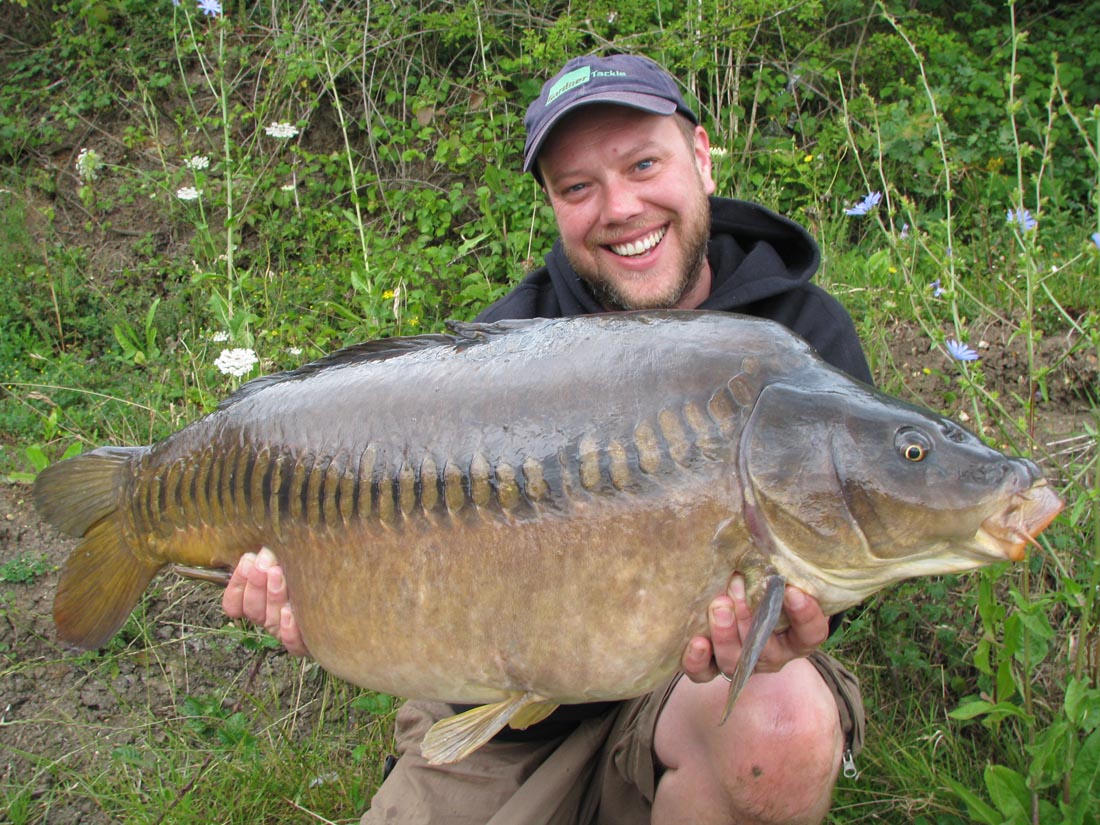
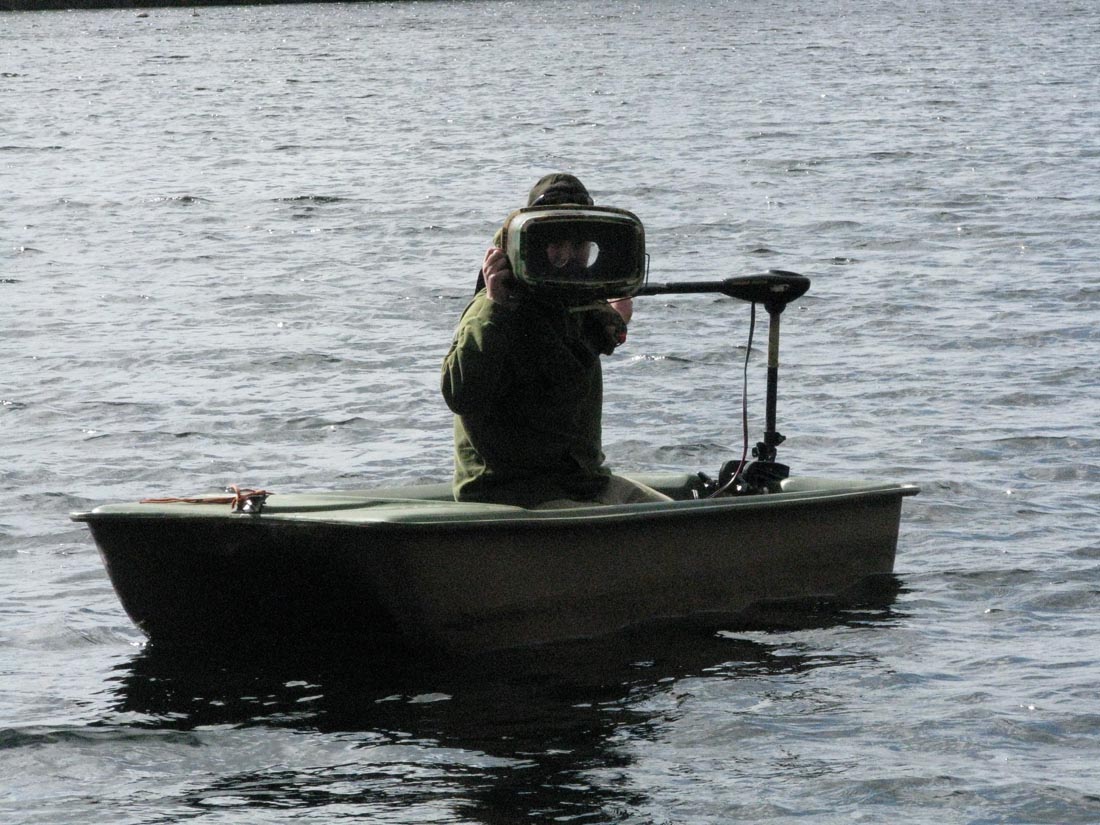
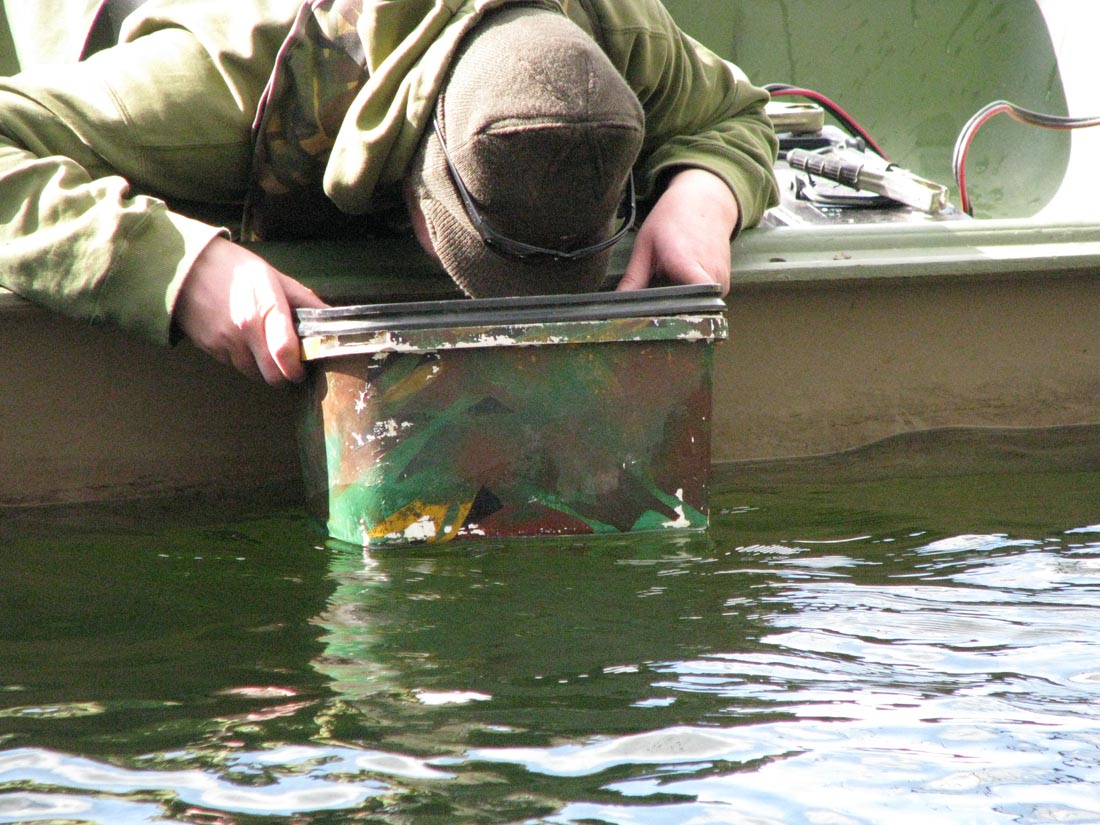
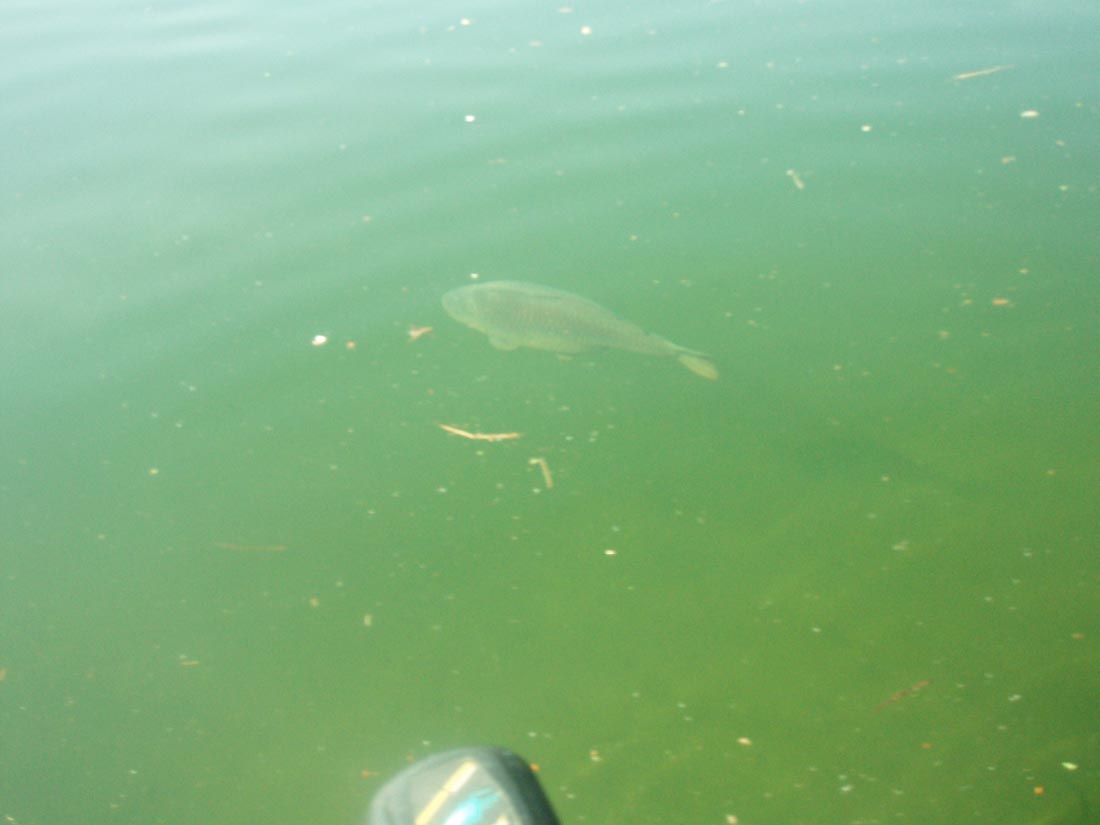
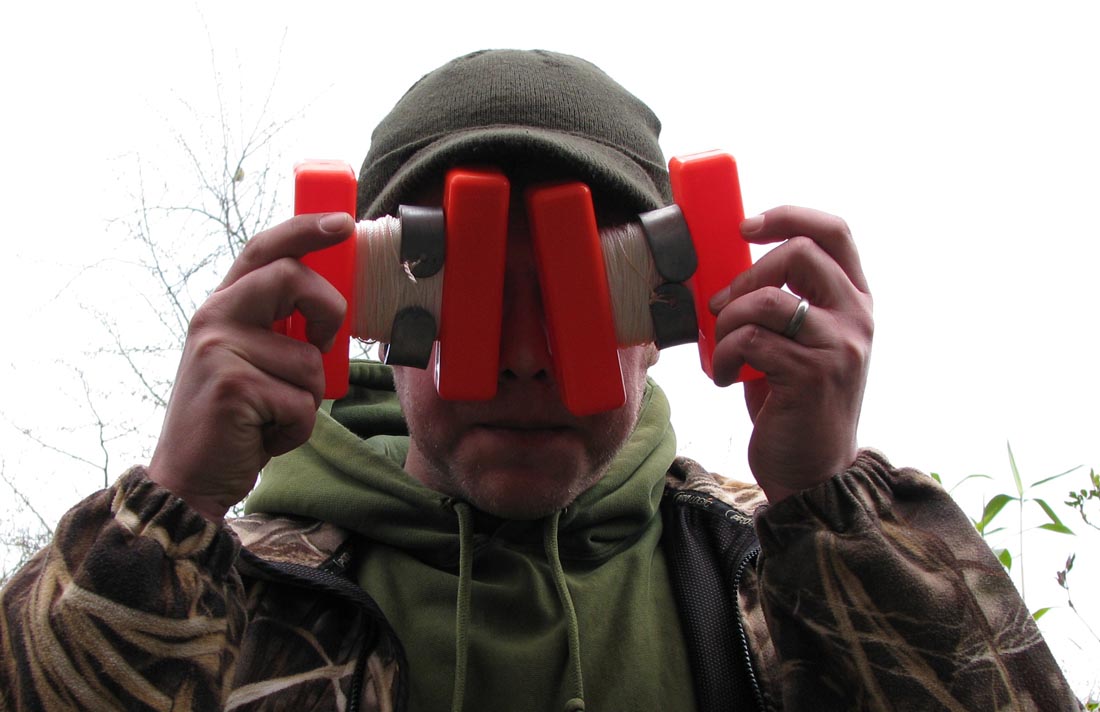
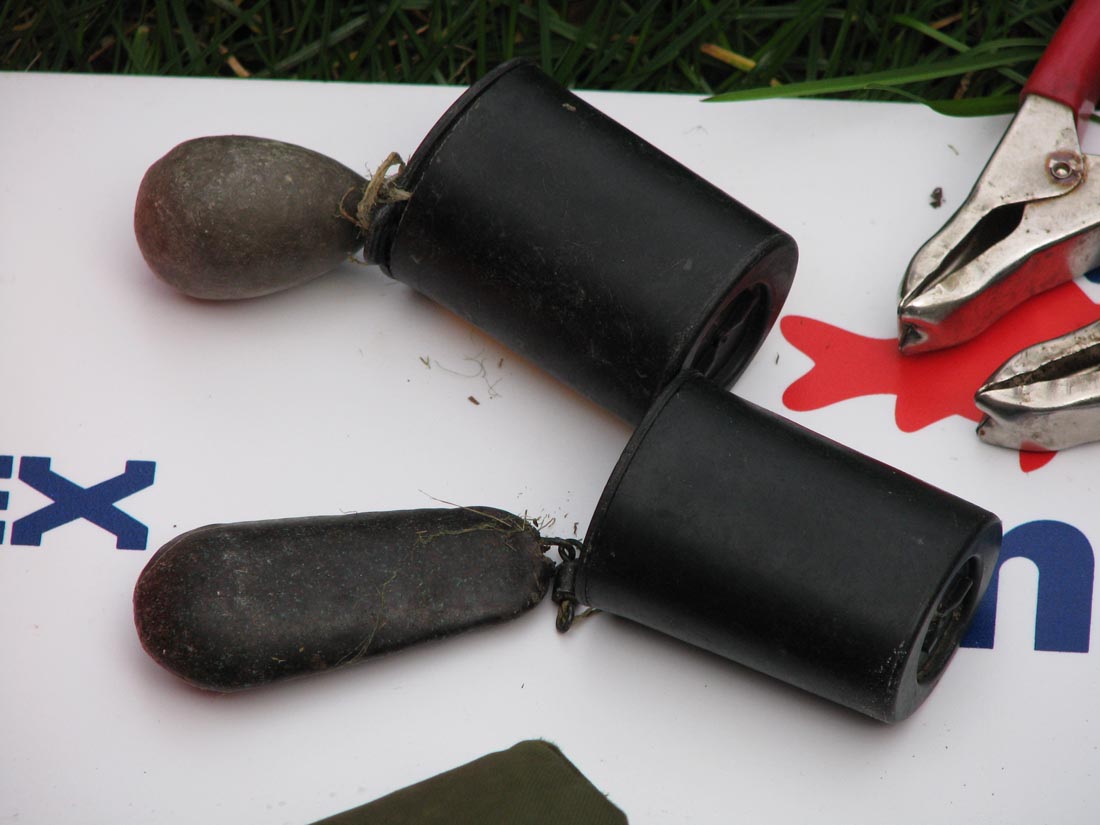
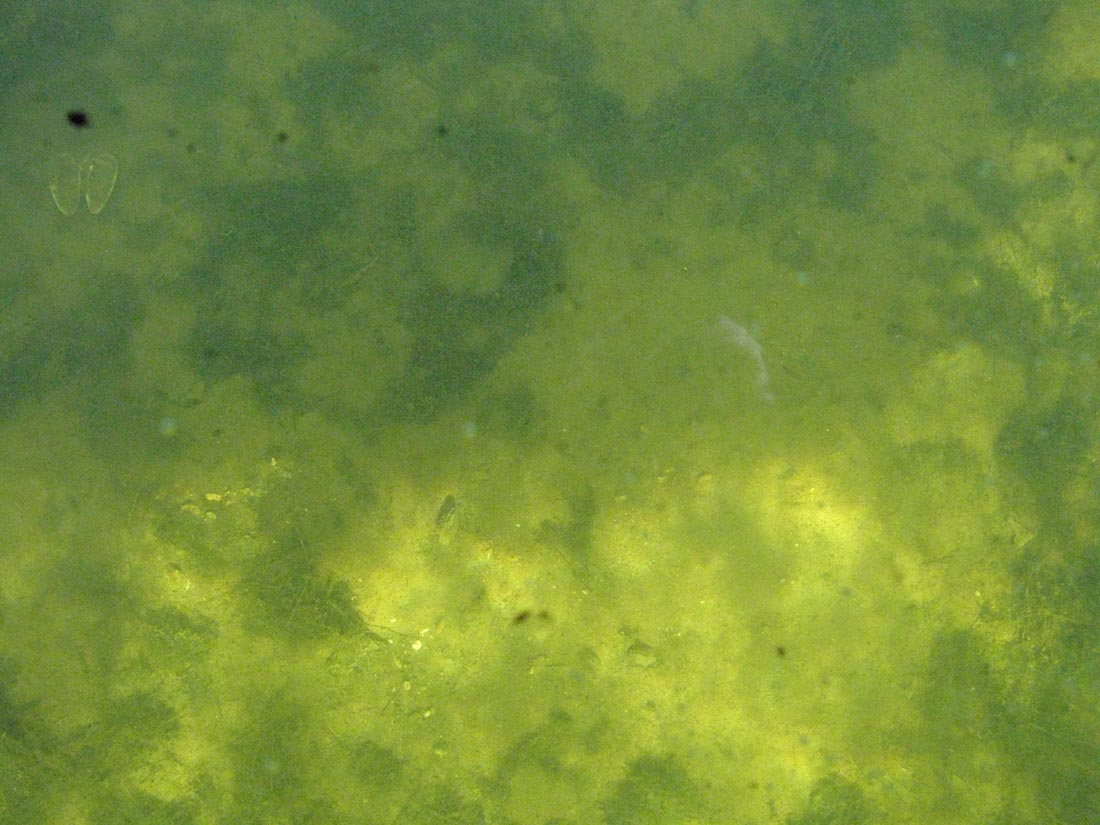
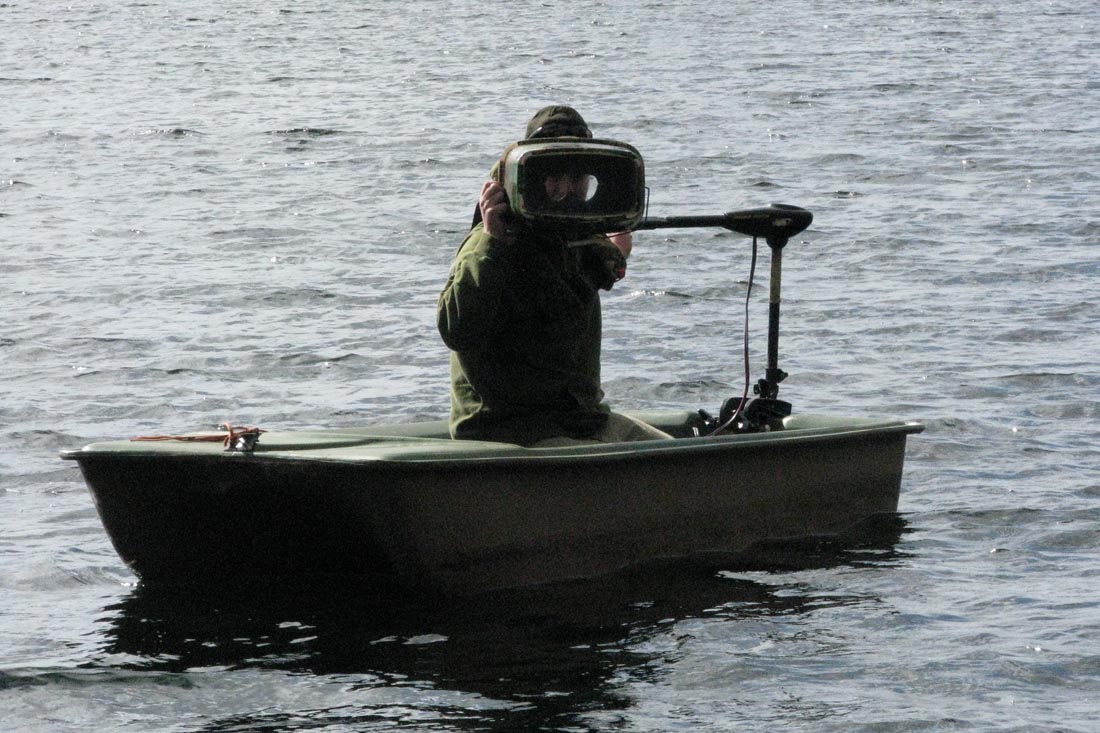


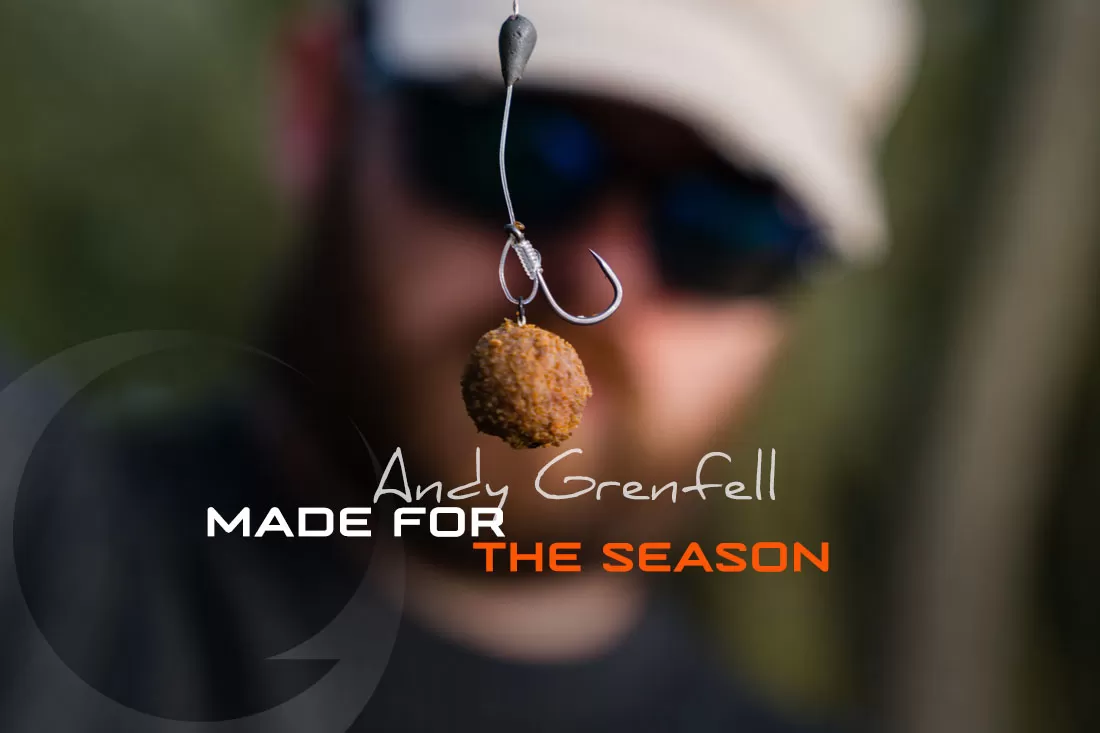
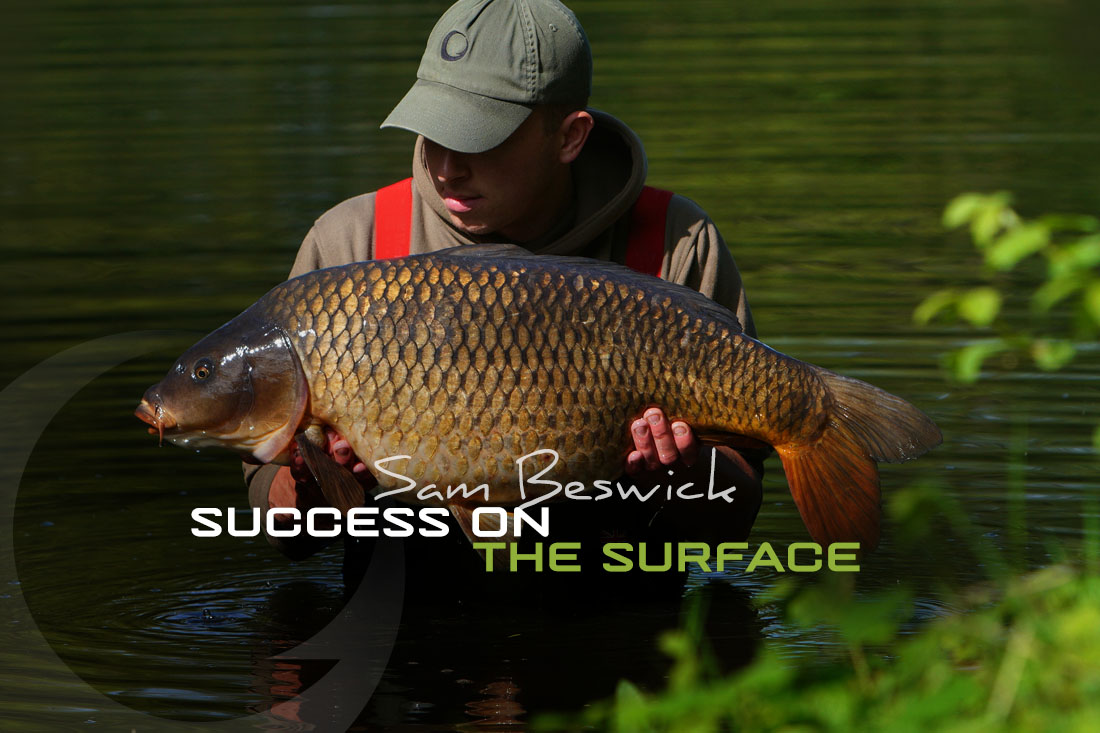
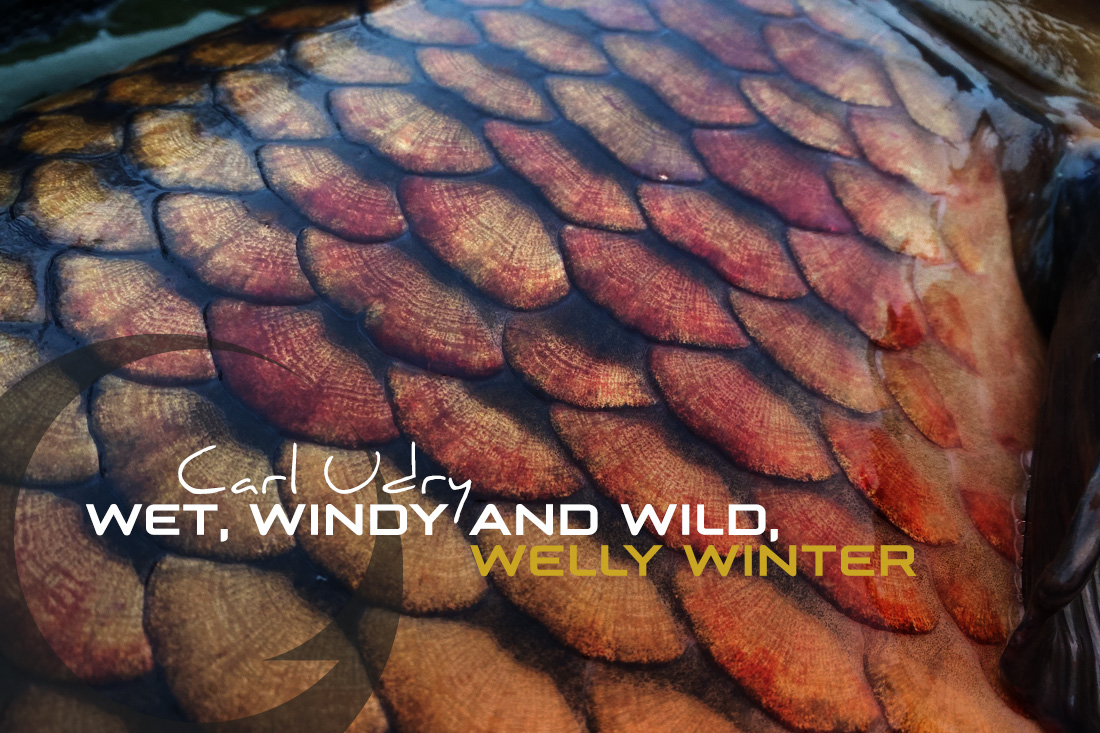

Just got myself a Bic Sportyak so defo appredciate the advice